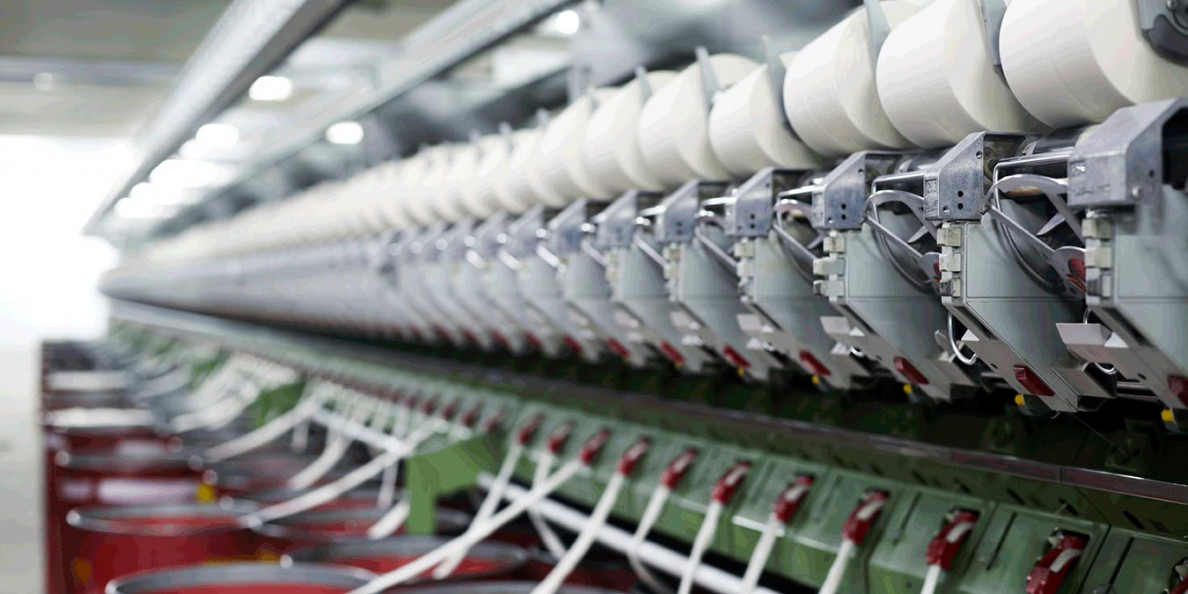From agriculture through to the fashion industry, the cotton supply chain is a vital job-creating sector. Yet with COVID-19 creating a dent in the economy with about 30 million people on unemployment benefits in the United States, figuring out how to grow the economy is a serious challenge.
Growing the manufacturing sector such as textiles should be seriously inspected. The textile industry should develop near to long-term strategies to diversify and grow.
In India, over 45 million people are employed directly in the textile sector that contributes about 2% to the country’s GDP, highlighting the industry’s importance to employment and the economy. More importantly, the cotton sector cuts across two major areas of the economy – agriculture and manufacturing.
A discussion with preeminent people whose experience spans the fields of cotton economics, genetics, cotton spinning and communication provided valuable information. Innovation surfaced prominently, highlighting the need for both basic and applied research in the textile and allied sectors.
“Managing the cost of production and developing innovative uses are vital,” stated Kater Hake, Vice President of Agriculture & Environmental research at Cotton Incorporated.
COVID-19 has brought much attention to advanced textiles products, particularly PPE. Research reports shine light on the value of cellulosic materials towards virus destabilization, breathability and comfort. “These positive aspects should spill over to traditional markets where the bale volume is higher,” pointed out Jon Devine, an economist at Cotton Incorporated.
Although masks may not move the bar much with regard to consumption, new applications – particularly in the medical field – bring due attention to the fibers, which will influence the consumption and support for natural fibers.
“Non-traditional products may not consume a large quantity of cotton, but they allow cotton to reach new and untapped markets,” agreed Eric Hequet, a cotton geneticist and Associate Vice President for Research at Texas Tech University.
While mission-linked research and lower cost of production are valuable tools, proper messaging about the advantages of cotton also plays a critical role. Cotton is not a medicine, but it is an important fiber that goes into inner wears. Improving the production efficiencies by carefully planning cotton procurement and reducing wastes, the overall cost could be controlled. This is important to compete against low cost synthetics.
“Given the current situation with damped consumer confidence, getting a breakeven is a positive aspect for a spinning mill,” stated Shanmugam Velmurugan, general manager of South India-based Jayalakshmi Textiles, which produces fine count cotton yarns. “With proper government intervention that takes care of the interests of farmers and manufacturers, the industry can look forward to diversifications.”
The cotton sector has positive messages such as biodegradability and microplastic issues that must be relayed to stakeholders. “The microplastic issue is a once in a hundred years opportunity for the sector,” stated Hake.
Again, the pandemic has brought timely and genuine interest in natural fibers. Such renewed enthusiasm will help with the consumption of environmentally friendly products.
“The pandemic has reminded everyone that we live in a giant ecosystem, and we need to pay more attention to the planet,” stated Devine. Hequet added, “We should not be shy about advertising the advantages of natural fibers.”
“Communication is essential for everything else to succeed,” pointed out David Perlmutter, Dean of Texas Tech’s College of Media & Communication.
Seizing the opportunity at hand, supporting innovative ecosystems, looking for cost savings and – more importantly – timely messaging are the tools in the cotton sector’s toolbox. The cotton industry should innovate, look for new markets and enhance the use and value of fibers for industrial applications.


